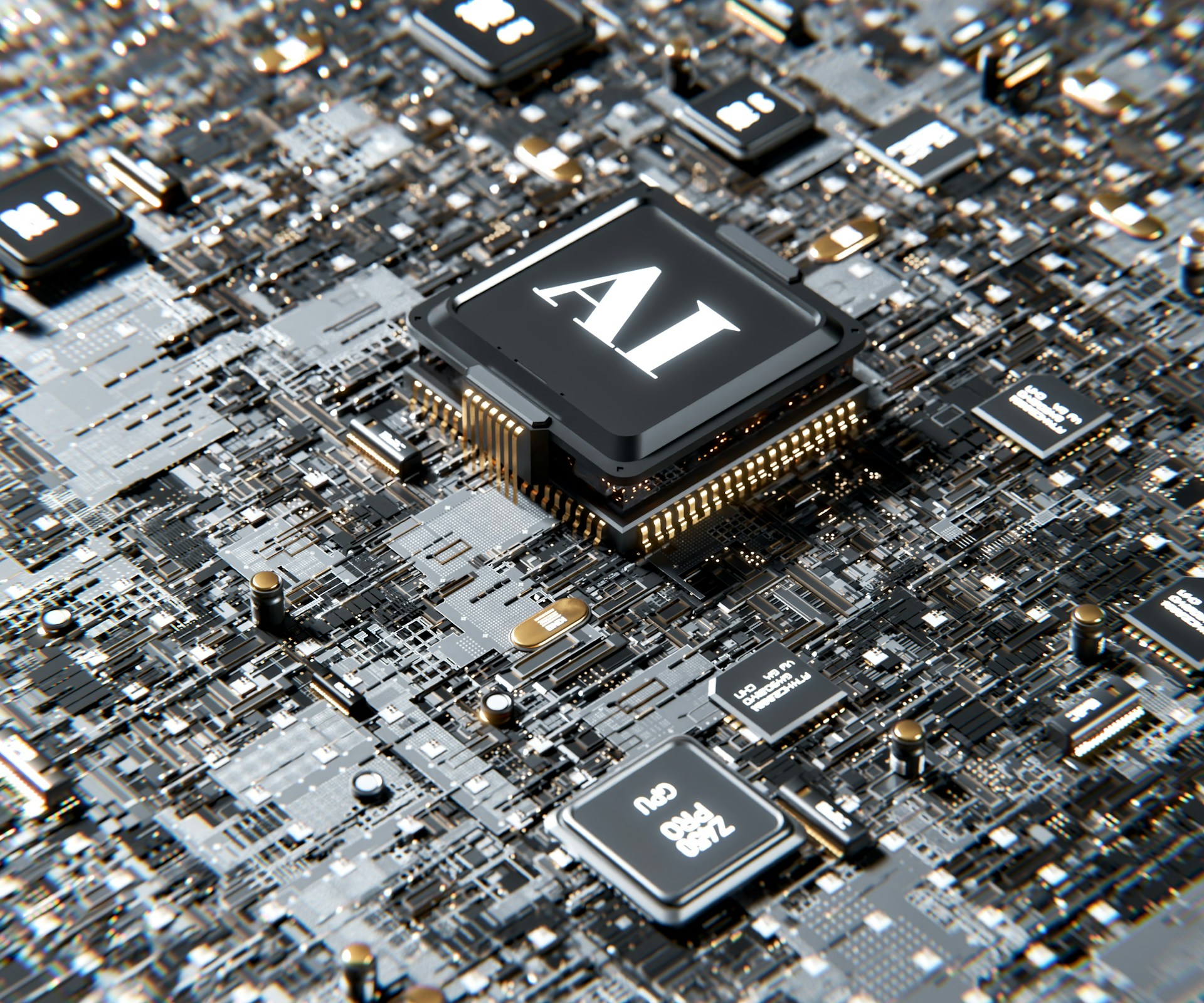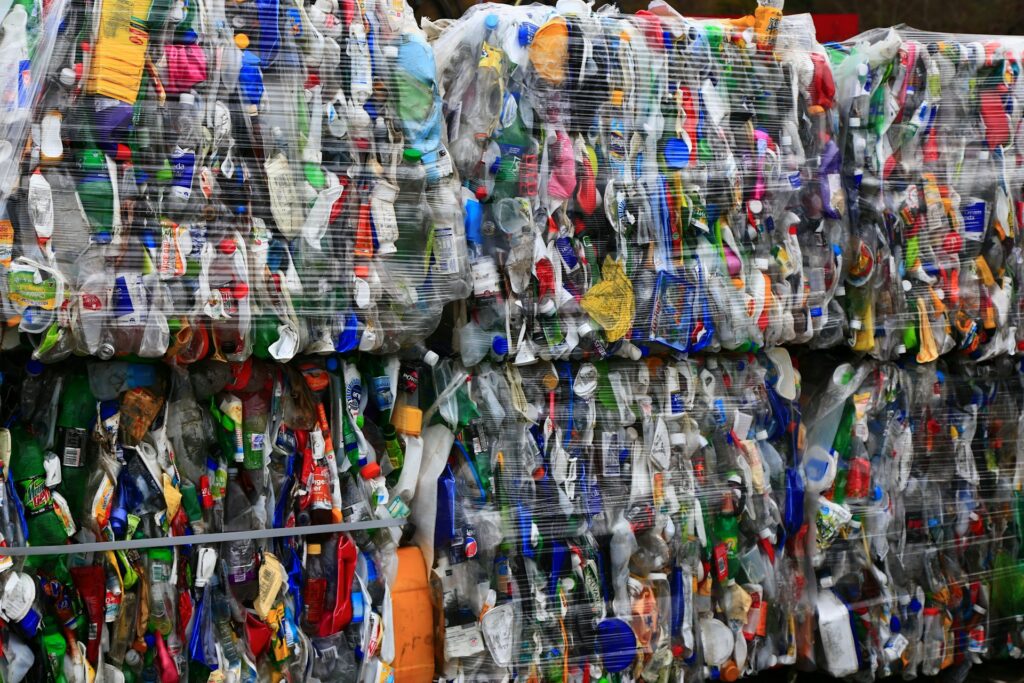Ju Li, Carl Richard Soderberg Professor of Power Engineering at the Massachusetts Institute of Technology (MIT), and his team have developed CRESt, an AI-driven platform that integrates robotics, literature, and multimodal experimental data to accelerate materials discovery.
Zhang, Z., Ren, Z., Hsu, C.-W., Chen, W., Hong, Z.-W., Lee, C.-F., Penn, A., Xu, H., Zheng, D. J., Miao, S., Huang, Y., Gao, Y., Chen, W., Smith, H., Niu, Y., Tian, Y., Lu, Y.-R., Shao, Y.-C., Li, S., … Li, J. (2025). A multimodal robotic platform for multi-element electrocatalyst discovery. Nature. https://doi.org/10.1038/s41586-025-09640-5
Traditional materials science experiments often involve time-consuming and costly processes, requiring researchers to design workflows, synthesize new materials, and conduct a series of tests and analyses to understand the outcomes. The CRESt platform aims to streamline this process by incorporating machine learning strategies, such as active learning and Bayesian optimization, to make efficient use of previous experimental data and explore new possibilities. This approach allows for the identification of new materials with desired properties more rapidly and cost-effectively.
Active learning, when combined with Bayesian optimization, enables the system to recommend the next experiment to conduct based on prior results, similar to how recommendation algorithms suggest content to users. However, unlike basic Bayesian optimization, which operates within a limited design space, CRESt utilizes a more expansive approach that considers a broader range of variables and dependencies, enhancing the discovery process.
Ju Li, Carl Richard Soderberg Professor of Power Engineering at the Massachusetts Institute of Technology (MIT) stated,
“CREST is an assistant, not a replacement, for human researchers. Human researchers are still indispensable. In fact, we use natural language so the system can explain what it is doing and present observations and hypotheses. But this is a step toward more flexible, self-driving labs.”
A key feature of the CRESt platform is its integration with robotic equipment for high-throughput materials testing. The system employs a liquid-handling robot, a carbothermal shock system for rapid synthesis, an automated electrochemical workstation for testing, and characterization equipment, including automated electron microscopy and optical microscopy. These tools facilitate the synthesis, characterization, and testing of materials at an accelerated pace, providing valuable data to inform further experimentation.
Researchers can interact with the system through a user-friendly interface, issuing commands in natural language without the need for coding. The platform responds by initiating sample preparation, conducting analyses, and suggesting modifications to improve experimental outcomes. This seamless integration of human input and robotic automation exemplifies the potential of AI to enhance scientific research workflows.
Reproducibility is a significant challenge in materials science experiments, as minor deviations in sample preparation or testing conditions can lead to inconsistent results. CRESt addresses this issue by incorporating computer vision and vision-language models, which monitor experiments in real-time to detect potential problems and suggest corrective actions. For instance, the system can identify millimeter-sized deviations in a sample’s shape or misalignments in equipment, prompting researchers to make adjustments that ensure consistent and reliable results.
This capability underscores the importance of integrating AI-driven diagnostics into experimental setups, providing researchers with tools to maintain the integrity and reproducibility of their work.
One of the notable applications of the CRESt platform is in the development of catalysts for fuel cells. In a recent study, the system explored over 900 chemical compositions and conducted approximately 3,500 electrochemical tests, leading to the discovery of a catalyst material that achieved a 9.3-fold improvement in power density per dollar compared to pure palladium. This advancement holds promise for reducing the reliance on expensive precious metals in fuel cell technology, potentially lowering costs and improving the accessibility of clean energy solutions.
The ability to rapidly identify and optimize catalyst materials is crucial for the advancement of energy technologies, and the CRESt platform’s capabilities in this area could significantly impact the development of more efficient and cost-effective energy systems.
Despite the advanced capabilities of the CRESt platform, human researchers remain integral to the scientific process. The system serves as an assistant, providing data analysis, experimental suggestions, and diagnostics, but human oversight ensures that the research aligns with scientific objectives and ethical standards. This collaboration between AI and human expertise exemplifies the potential of AI to augment, rather than replace, human capabilities in scientific research.
As AI continues to evolve, its role in research is likely to expand, necessitating ongoing discussions about the ethical implications and the balance between automation and human involvement in scientific discovery.
The CRESt platform represents a significant step forward in the integration of AI into materials science research. By combining diverse data sources, robotic automation, and human expertise, it offers a comprehensive approach to materials discovery that could accelerate the development of new materials for various applications, including energy storage and catalysis. As AI technologies continue to advance, platforms like CRESt may become integral components of research laboratories, driving innovation and efficiency in scientific endeavors.

Adrian graduated with a Masters Degree (1st Class Honours) in Chemical Engineering from Chester University along with Harris. His master’s research aimed to develop a standardadised clean water oxygenation transfer procedure to test bubble diffusers that are currently used in the wastewater industry commercial market. He has also undergone placments in both US and China primarely focused within the R&D department and is an associate member of the Institute of Chemical Engineers (IChemE).



